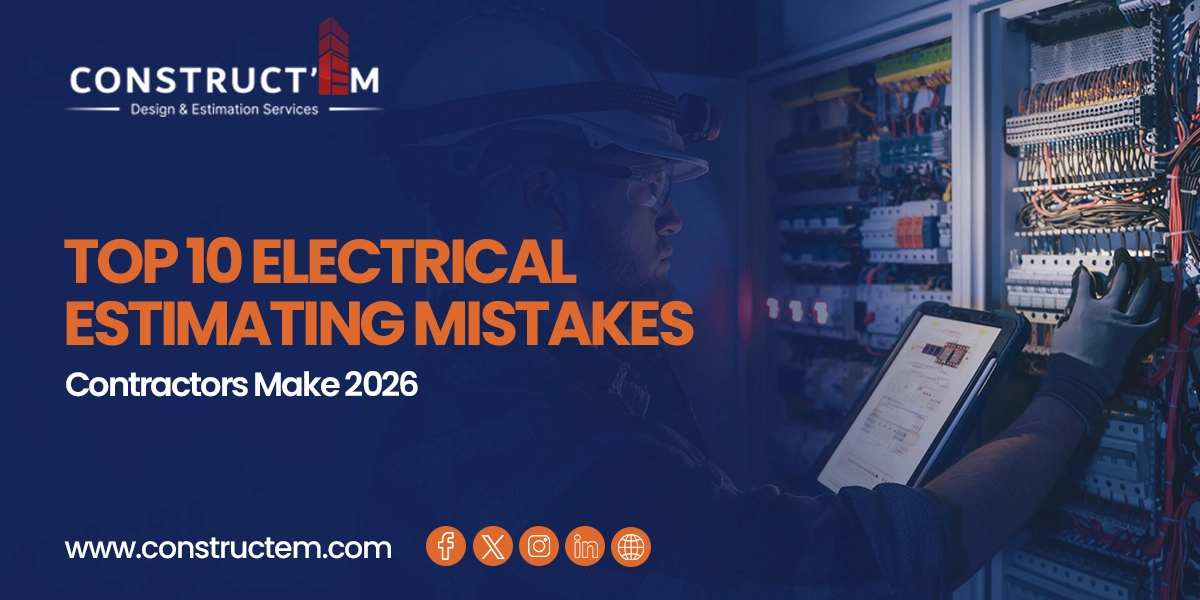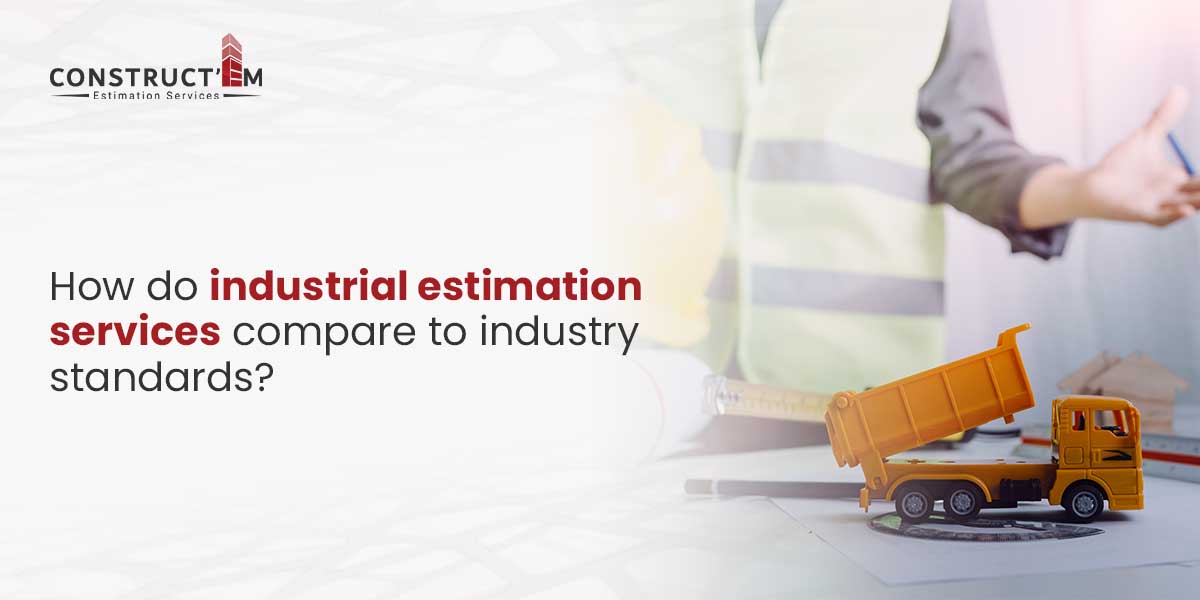

Industrial Estimation works on the development of bids and helps companies control costs by reviewing the project’s budget. All the industrial estimators work in industries such as architecture, transportation, defense, aerospace, and manufacturing.
Cost estimates are used by project owners to establish the scope and viability of a project and to distribute funds in industrial estimation. the
A rough cost industrial estimation is a first guess that calculates a project’s cost based on past performance and other non-project data. Its second name is a “conceptual estimate,” “rough order of magnitude estimate,” or “ROM estimate.
Industrial Estimation in Detail: The most reliable building estimation service is one that is detailed. The Estimate signifies an approximation of the expenditures anticipated to be incurred for the completion of various tasks.
Typically, bottom-up industrial estimation falls into this category. A definitive estimate is the most accurate estimate since it is created by estimating the expenses of each component of the project separately and then combining them into a single estimate.
Conceptual numbers can be utilized to bridge the significant gap between these very early, crude estimates and comprehensive industrial estimation in USA. We must create sophisticated cost models for this, which are achievable with modern estimation techniques.
These pricing models are based on industry design standards for the equipment, processes, and other components of a project or product that you might want to develop. Large amounts of previous project data are needed to correctly configure these models. The format of this data is equally crucial; expenses should be standardized and indexed.
The models are based on several estimating techniques and design standards, depending on the scope information that the estimator has access to:
You can use the equipment list’s technical details as input for a cost model regarding a certain design that you frequently utilize. For instance, the dimensions, kind of material, pressure, and temperature of a distillation column are frequently known in advance.
It is feasible to determine conceptual amounts based on equipment parameters by using design standards. Conceptual quantities are determined for all other disciplines based on the estimated equipment requirements acquired using the procedures discussed above. It only addresses the range of disciplines that have a direct bearing on the apparatus it is attached to.
For instance, the type of equipment determines the typical pipeline diameter and length. The quantity and type of equipment affect the normal numbers of instruments, cables, and I/Os in E&I. For process buildings, civil uses the quantity of equipment to calculate the gross floor area and foundation.
When using a cost model, attributes and values are initially determined automatically. However, if new information becomes available, the estimator may change the parameters to better reflect the scope at hand. The estimator receives input for the pertinent disciplines for a column from the various parts in the model below, which are divided by blue bars, such as piping, electrical, and instrumentation.
The plant is divided into functional units using the process steps approach, such as the type of process steps, storage facilities, etc. There could be a wide variety of typical process phases depending on the project’s nature and the industry. For each process stage, all necessary equipment is automatically incorporated. The equipment designs are changed by adjusting capacity, and the model changes the parameters as a result. When the equipment list is not yet available, this offers an extremely quick construction estimation method.
Depending on the kind of facility or product, the reference plant technique uses a set of uniform process stages. The model updates the capacity of the various process steps by changing the parameters of the overall project. The equipment models that make up this process should automatically update their design parameters whenever it is modified. As a result, the price is updated. The working method is essentially the same as when employing an approximate overall capacity scaling factor. However, this model now provides you with an impressive quantity of details, when you generally only get one big figure.
© Construct'EM - 2025. All rights reserved.